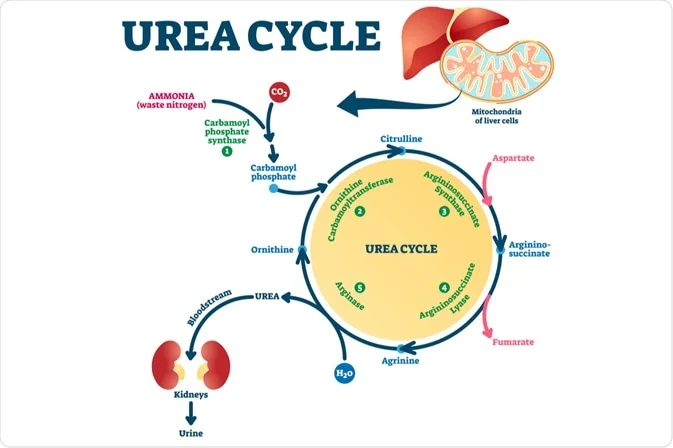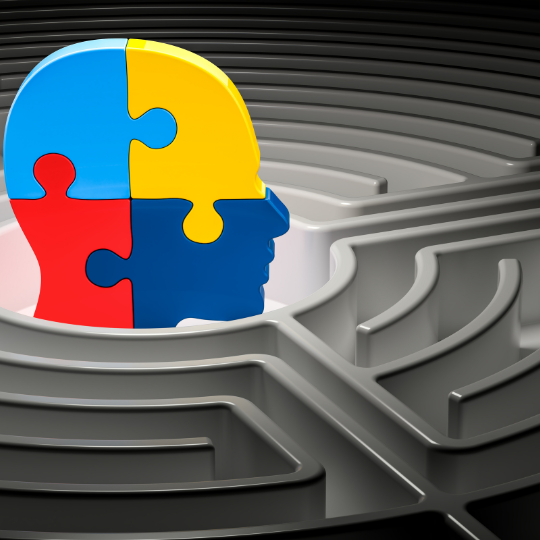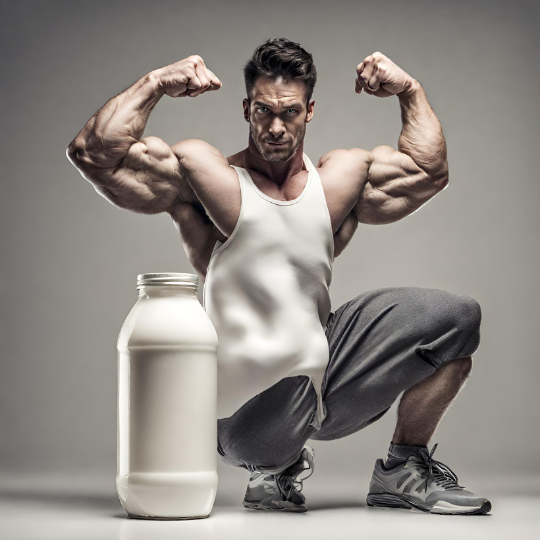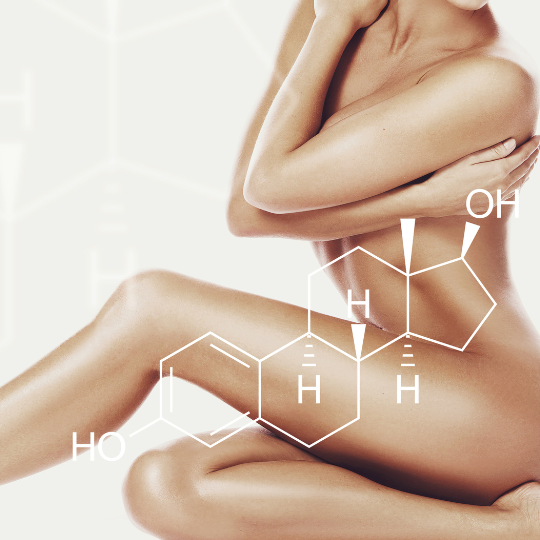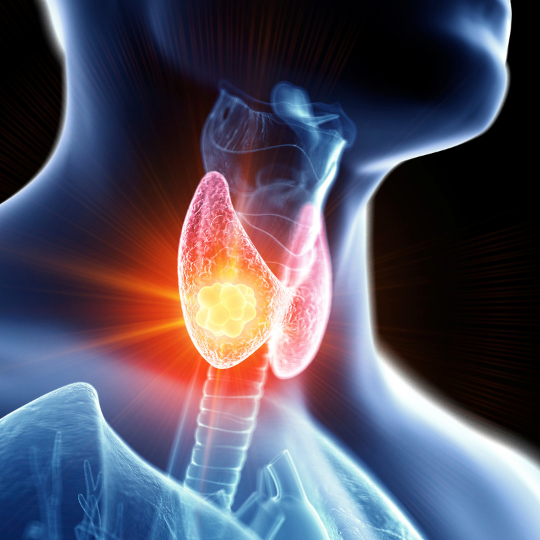1, 2, 3, 4 & 5
The urea cycle is a vital process in the human body that helps to remove excess nitrogen, a byproduct of protein metabolism; if this is not properly eliminated, it can build up and cause serious health problems. The urea cycle consists of five steps, which take place in the liver and involve a series of enzymes and chemical reactions.
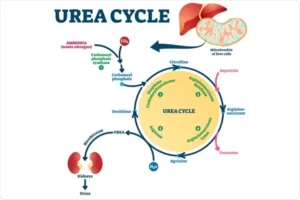
The first step of the urea cycle is the conversion of excess nitrogen into ammonia, which is then incorporated into the cycle to be processed. This occurs through the action of the enzyme carbamoyl phosphate synthetase 1 (CPS1), as can be seen in the diagram above. Ammonia is a highly toxic compound, and it is important that it is quickly converted into a less toxic form.
The second step of the urea cycle controls the reaction between carbamoyl phosphate and ornithine to yield citrulline. This reaction is catalyzed by the enzyme ornithine transcarbamylase (OTC).
The third step forms argininosuccinic acid from the reaction of citrulline and aspartate; this is catalyzed by the enzyme argininosuccinate synthase (ASS1).
The fourth step creates arginine and fumarate from argininosuccinate acid, via the argininosuccinate lyase (ASL) enzyme.
And finally, in the fifth and last step, the nitrogen from arginine is converted into urea. This reaction is catalyzed by the enzyme arginase (ARG1). Urea is a less toxic compound than ammonia and can be safely eliminated from the body through the kidneys.
Remember glutamine?
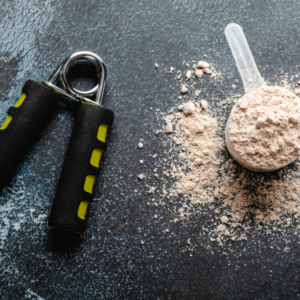
There is an alternative pathway for the excretion of ammonia in the body called the glutamine pathway. This pathway involves the conversion of excess nitrogen into the amino acid glutamine, which is then transported to the kidneys and converted into urea.
When things go wrong
There are several genetic predispositions, or single nucleotide polymorphisms (SNPs), that can regulate the urea cycle, such as the ones in ASS1 and ASL. People with a deficiency in these enzymes may have difficulty converting citrulline into arginine, which can lead to a buildup of citrulline in the body. And in some cases, an ALS deficiency can even lead to liver dysfunction, neurocognitive deficits, and hypertension.
Ammonia solutions
Eating a low protein diet can help to reduce the amount of excess nitrogen in the body and minimize the burden on the urea cycle. In addition, ornithine supplements can be helpful for people with a deficiency in the OTC enzyme, whereas arginine supplements may be beneficial for those with a deficiency in ARG1.
Sounds simple, right? But which one do you need exactly? And how much of it? Get tested and you can find out. What’s more, in your genetic and metabolic optimization journey you can fix much more than your urea cycle: think inflammation as a starting point. That’s big!


